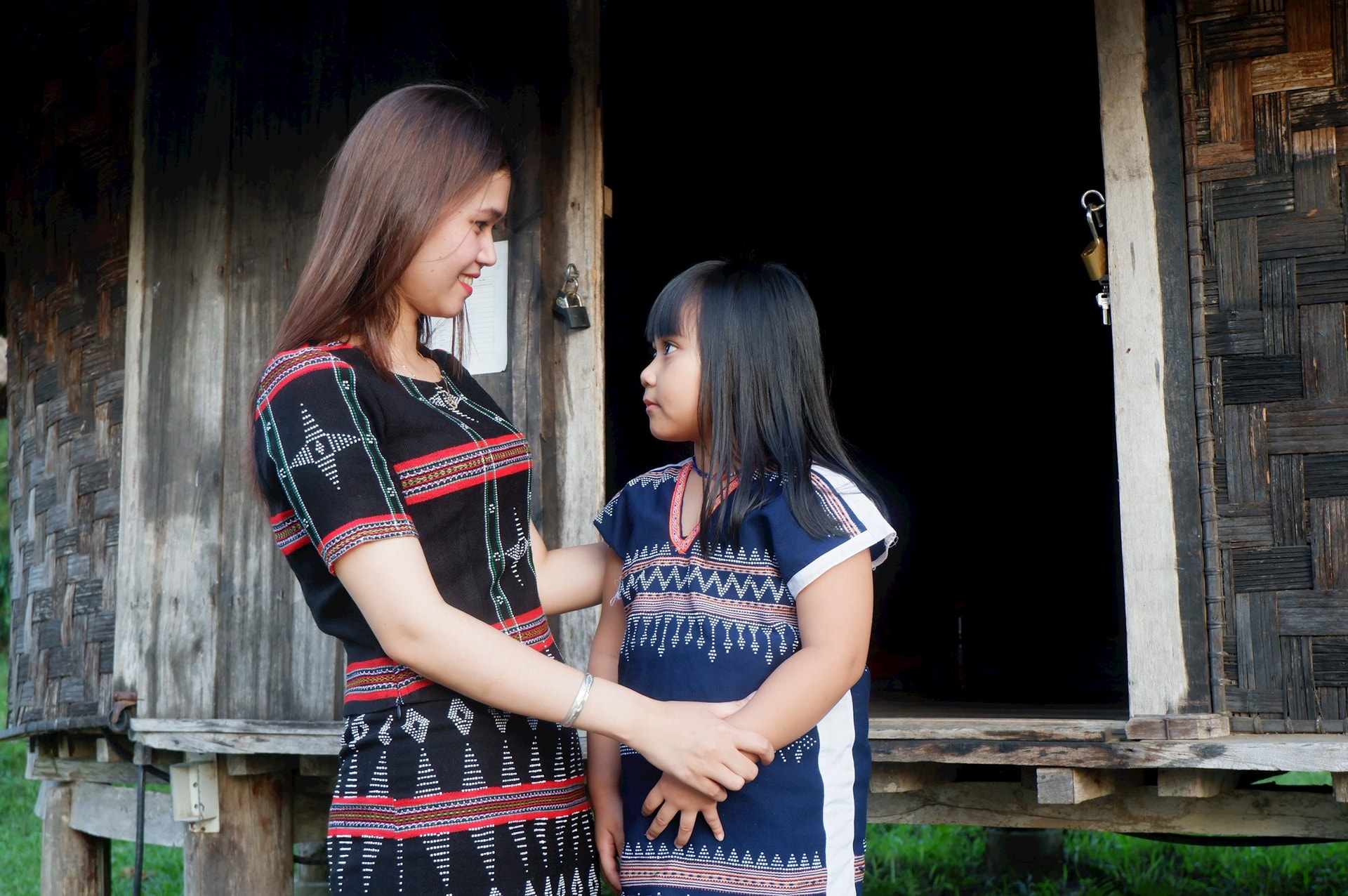
Having the opportunity to go to the highlands to experience the life of ethnic minorities, it is easy to hear ancient stories somewhere that leave traces of the invisible connection between the mountains and the sea. For example, sit and watch the Co Tu women weaving brocade, each sparkling white bead woven into water waves, spirals, betel leaves, the sun... And when going up to the Vietnam - Laos border, listen to the Gie Trieng people compare the concentric circles on the patterns to the image of a tornado between the sea and the mountain valley. For the Xe Dang people, the flow back to the source is conveyed in the fishtail-shaped kram pattern, recalling the life originating from the ocean, rivers and lakes.
…like the echo of ocean waves
In the “visual language” of brocade colors, black commonly symbolizes the land and forest, yellow represents desire, red represents the sun and life, indigo represents plants and trees, and white suggests purity. Depending on the skillful hands, each young woman combines colors and weaves patterns into a unique story. Some fabrics tell about the village, some mention ancestors, some recreate the entire universe. All are like a “river of memories”, in which the sea flows quietly through the fingers, permeating each thread.
In Tra My, the Co, Ca Dong or Xe Dang people often weave in sawtooth, triangular and diamond patterns. These patterns evoke the image of waves, shimmering lake surfaces, or red and black waters rolling together. Even in communities less connected to the sea, such as the Muong people who recently migrated from the North to Tra My, some wave patterns appear on wooden stairs, as a sign of cultural exchange.
Many times attending the festivals of the highland people, when the gongs sounded and the dance of the stone dances revolved around the mirror yard, the patterns on the dresses seemed to move. I felt as if the waves were not only present on the fabric, but also reverberated in the sound, in the footsteps, in the ancient song: “Oh sea, so far away/ high mountains block the way/ I still dream of the day/ I will return to hear the waves crashing…”. There are lyrics of the Co people “on the water” in Tra My that are as vague as that, as if the nostalgia for the sea has anchored in the consciousness of the mountains and forests.
.jpg)
…like a boat in the middle of the jungle
Unlike the Kinh people who often carve dragons and phoenixes on communal houses and pagodas to symbolize power, the Truong Son communities entrust their cosmology and philosophy of life into each piece of cloth, basket, mirror... Ocean waves, the moon, the sun, rain, rice grains - all can be transformed into patterns.
If brocade is a story-telling cloth, then the gươl and the long house are like “sails” in the wind of the mountains. The roof of the Co Tu gươl is curved like a sail full of wind, the main and small pillars are carved with tigers, birds, fish, and waves. Entering the gươl of Pơning village or Arôh village in the high mountains of Da Nang , one feels like entering the heart of a giant boat anchored in the middle of the mountains. I imagine the first village festival after the prehistoric times, when the gongs resounded, the gươl turned into a boat carrying people’s souls across the mountains and forests, as if reaching out to the waves on the distant horizon.
Having the opportunity to visit the Central Highlands, I felt that the Ede longhouse also has the breath of the sea. The staircase is carved with a pair of breasts and a crescent moon - symbolizing fertility, like the moon waves on the water surface, and also reminiscent of the ebb and flow of the tide. In that space, the authority of women is closely linked to the rhythm of community life, like the ocean that nurtures and protects.
In Tra My, the communal houses of the Co, Ca Dong, and Xe Dang people look like wooden rafts crossing streams. The gables are carved with waves, birds, and fish; the thick thatched roofs look like the hull of a boat resisting floods, rain, and wind from the source to the sea.
And memories echo back…
Researchers believe that the ancestors of many Truong Son groups came from the coastal areas and traveled up the river to the mountains. Memories of the sea may be deeply ingrained in the mind and continue to live on in patterns, songs, and legends. Researcher Pham Duc Duong once emphasized that Truong Son - Tay Nguyen culture was deeply influenced by the Malay archipelago, with traces of the sea present in language, architecture, and even legends.
But the sea in the mind of the mountains and forests is perhaps the aspiration of people who are liberal, open, tolerant, and look towards the infinite. When weaving a spiral, the Gie Trieng people seem to recreate the breath of the waves. When carving fish or boats, the Co Tu or Co people certainly want to convey their dream of reaching out to rivers and the sea.
And in the firelight of festival nights, when people sway to the dance in the valley surrounded by hills, looking at brocade, looking at village mirrors... in the wine of Can wine, their hearts are filled with excitement, swaying like ocean waves anchored to the mountains.
Perhaps, looking for the sea in the mountains is not to see the visible waves, but to realize how people preserve memories, connect the past with the present, and keep culture from being broken.
The sea has no waves in the middle of the forest, but is hidden in spiral patterns, in the roofs that stretch out like sails.
It seems that the sea still flows in the underground stream of Truong Son consciousness from the time of sea advance and sea retreat...
Source: https://baodanang.vn/tim-bien-tren-nui-3305717.html



![[Photo] Prime Minister Pham Minh Chinh chairs the Conference to deploy the National Target Program on Drug Prevention and Control until 2030](https://vphoto.vietnam.vn/thumb/1200x675/vietnam/resource/IMAGE/2025/10/09/1759990393779_dsc-0495-jpg.webp)

![[Photo] Prime Minister Pham Minh Chinh chairs a meeting of the Government Standing Committee on overcoming the consequences of natural disasters after storm No. 11](https://vphoto.vietnam.vn/thumb/1200x675/vietnam/resource/IMAGE/2025/10/09/1759997894015_dsc-0591-jpg.webp)

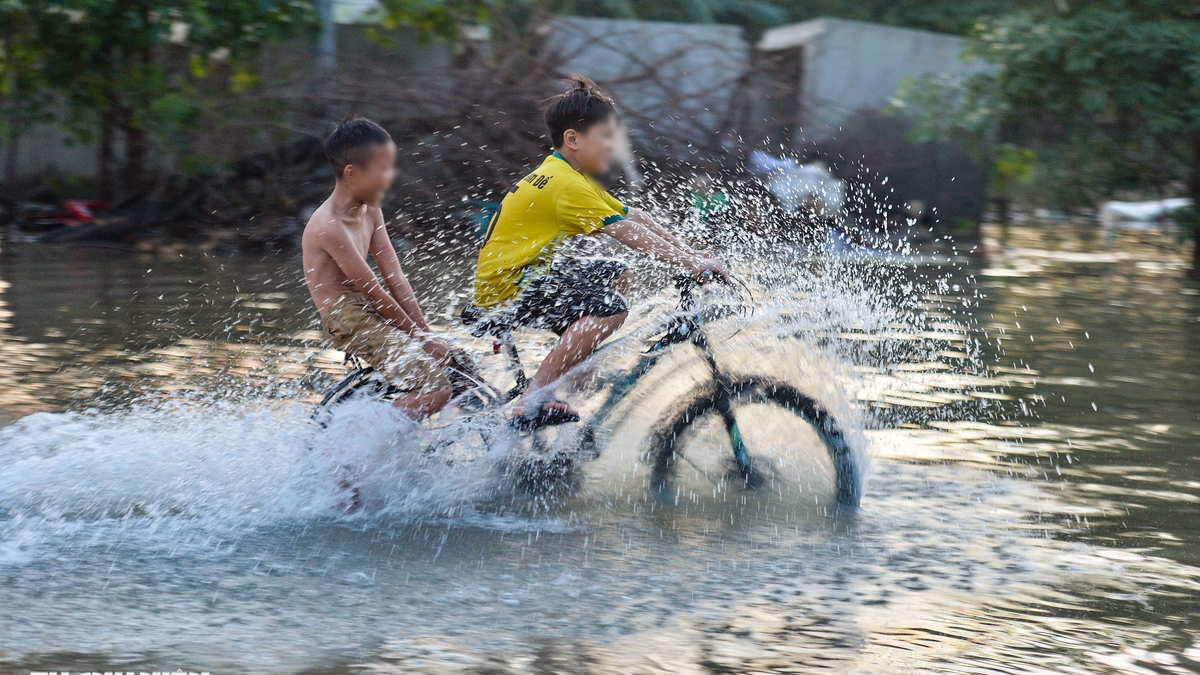




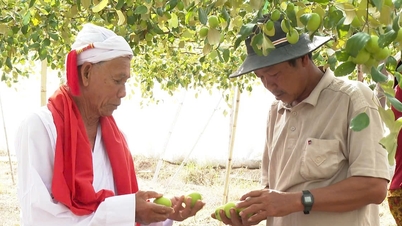

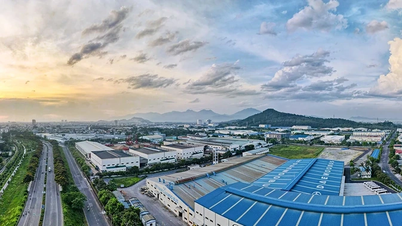

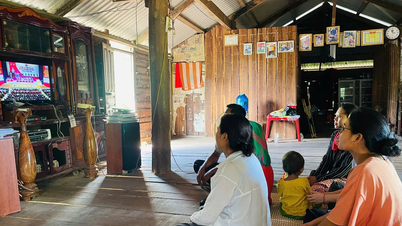
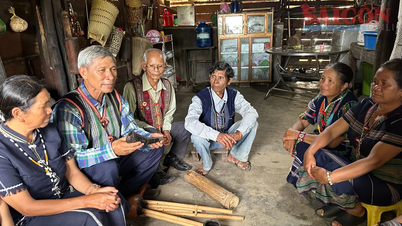






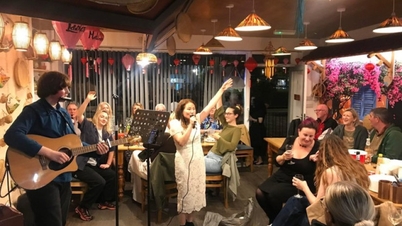


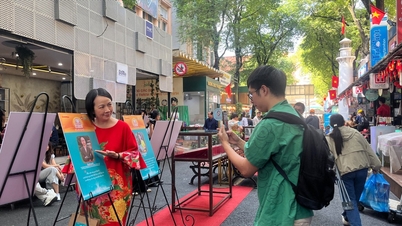




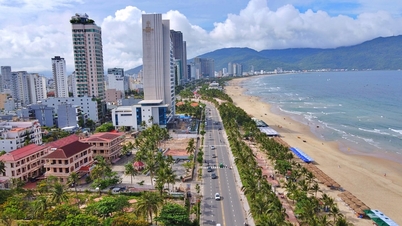
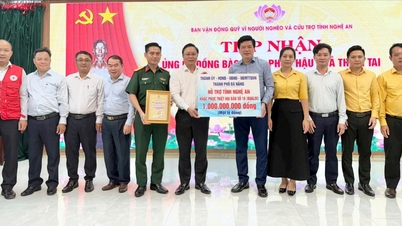
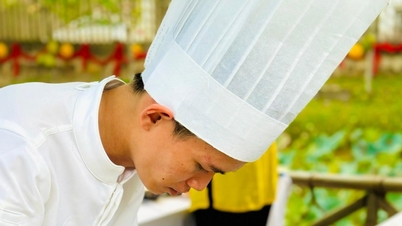
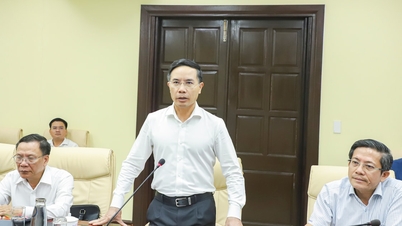





























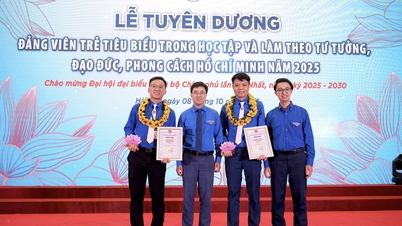





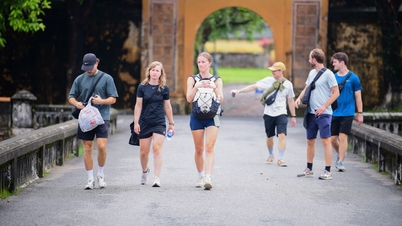



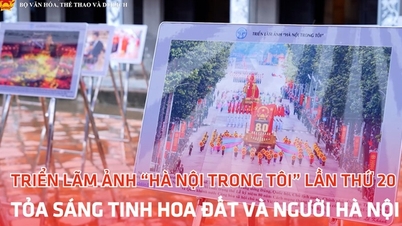
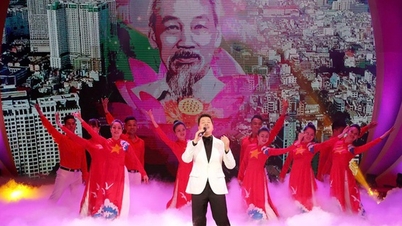


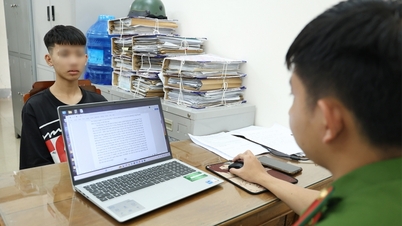
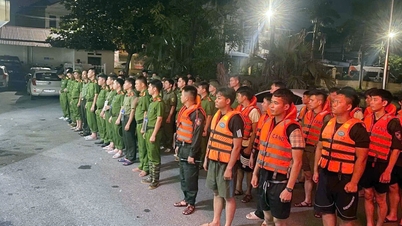

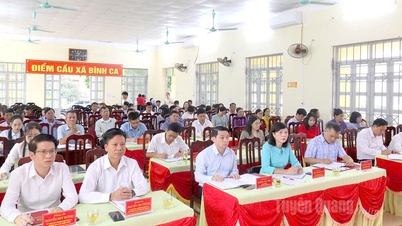



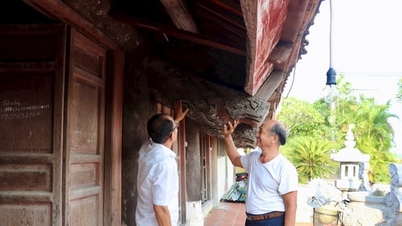















Comment (0)